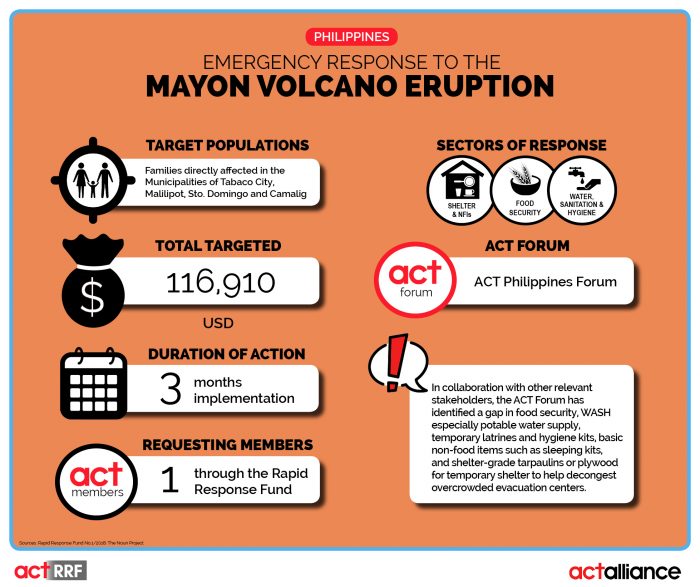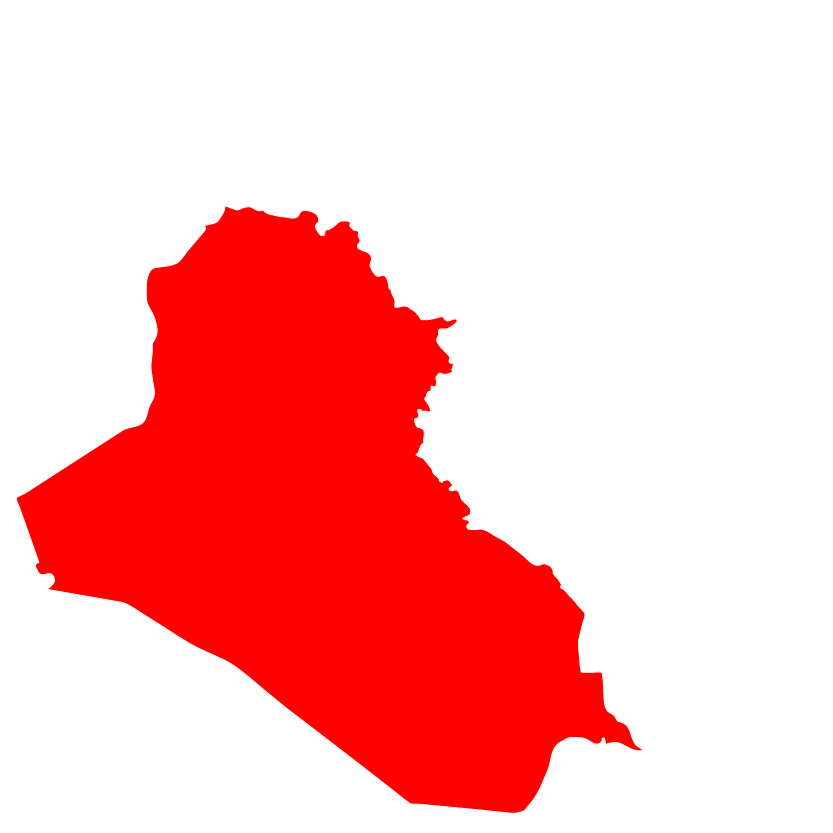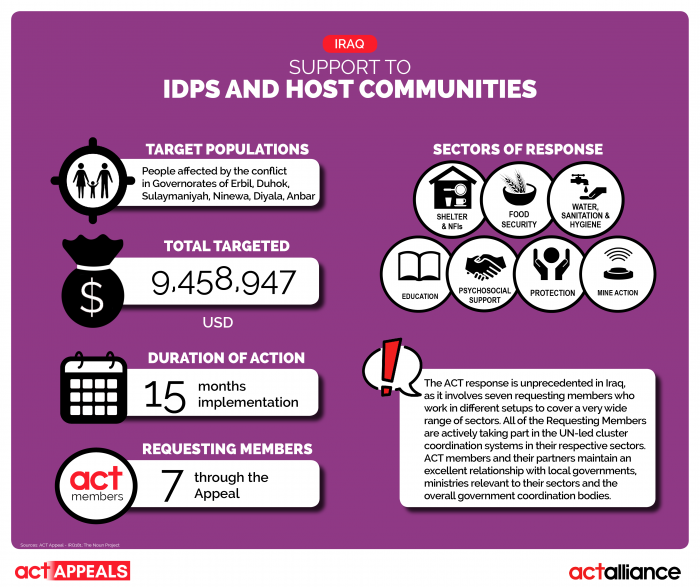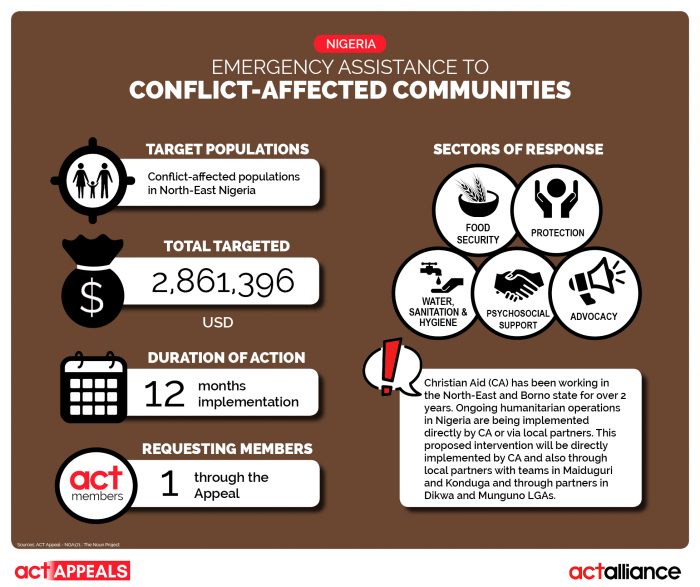Appeal for ACT Alliance Rapid Response Fund Contributions
ACT Alliance has the privileged position of being a network of local, national and international actors committed to partnerships amongst each other. This commitment enables international and global members of ACT to enhance the capacity of local and national actors, through resources, training and/or other support, allowing for first response in the beginning of a crisis or disaster to come directly from the community itself.
ACT Alliance prioritizes approaches that attempt to ensure a commitment of responsibility towards communities in emergency response. As part of the commitments made by ACT at the World Humanitarian Summit (WHS) in Istanbul in 2016, we have identified the localization agenda as a banner for humanitarian advocacy, recognizing the primary role that our national members and local faith communities play in humanitarian response. Dignity, community empowerment and capacity-building are cornerstones of our local and national responses. Our members at the local and national levels are embedded within communities, familiar with the needs of communities and able to respond before any other actor in times of crisis. It is the role of the ACT Alliance, in the context of its emergency response mechanism, to ensure that the tools and resources available lend towards reinforcing this ambition.
The Rapid Response Fund (RRF) is a global fund of the ACT Alliance administered by the ACT secretariat. Funds for the RRF are provided by ACT Alliance members and non-members on the basis of an annual appeal, and is intended to be accessed exclusively by ACT national members in pursuit of the localization agenda and in recognition of their distinct advantage of being at the forefront of emergency response in their own localities.
This year, in keeping with the full rollout of the revised Humanitarian Mechanism, strengthening of the Emergency Preparedness and Response Planning (EPRP) process of ACT Forums and national members, and improving compliance to the Core Humanitarian Standard (CHS) and Sphere, the request for funding is for $2,983,403.













